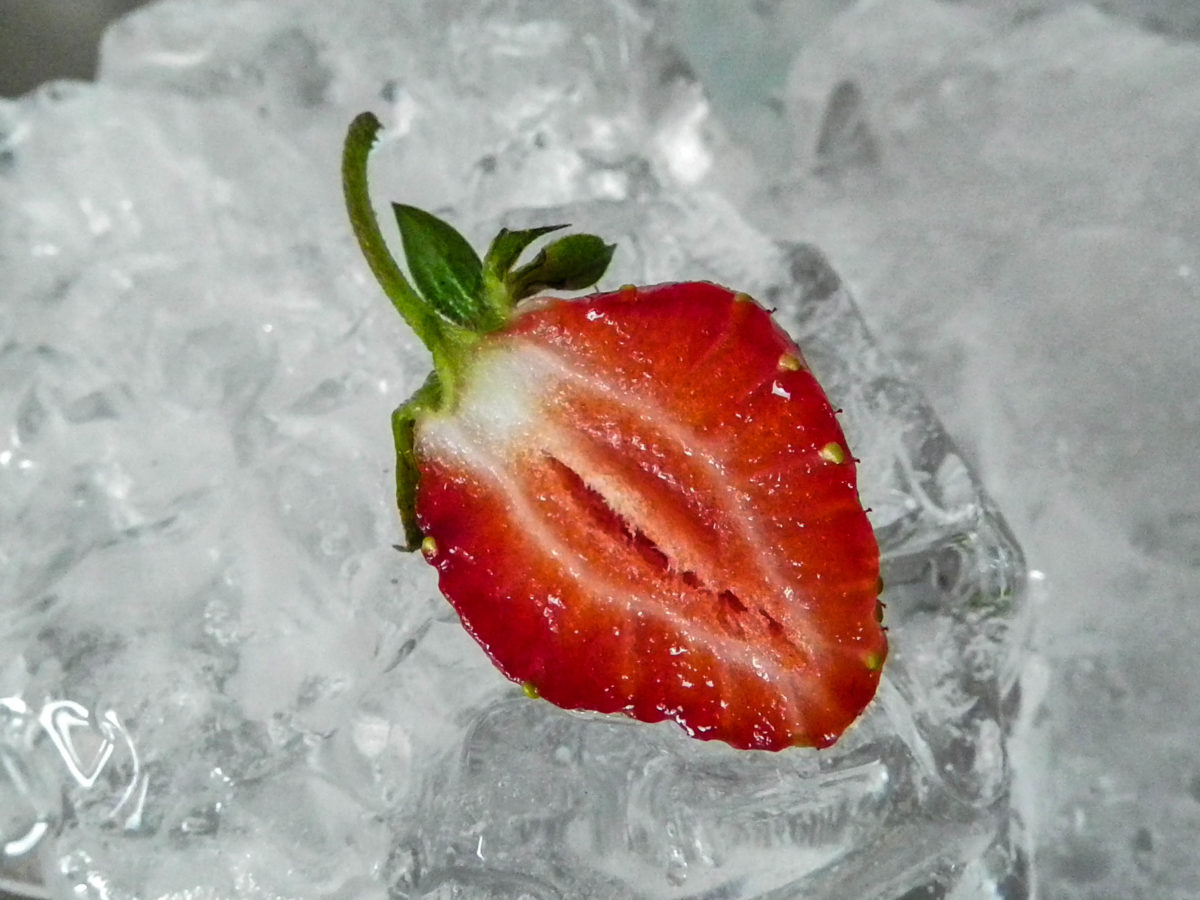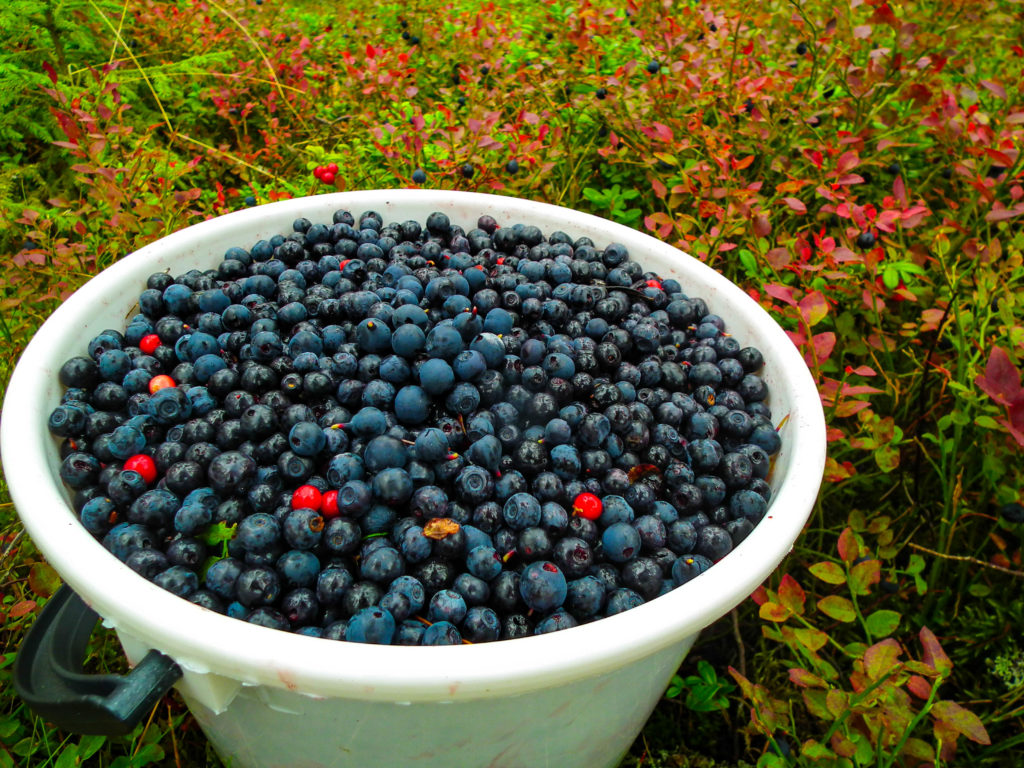
Bilberries 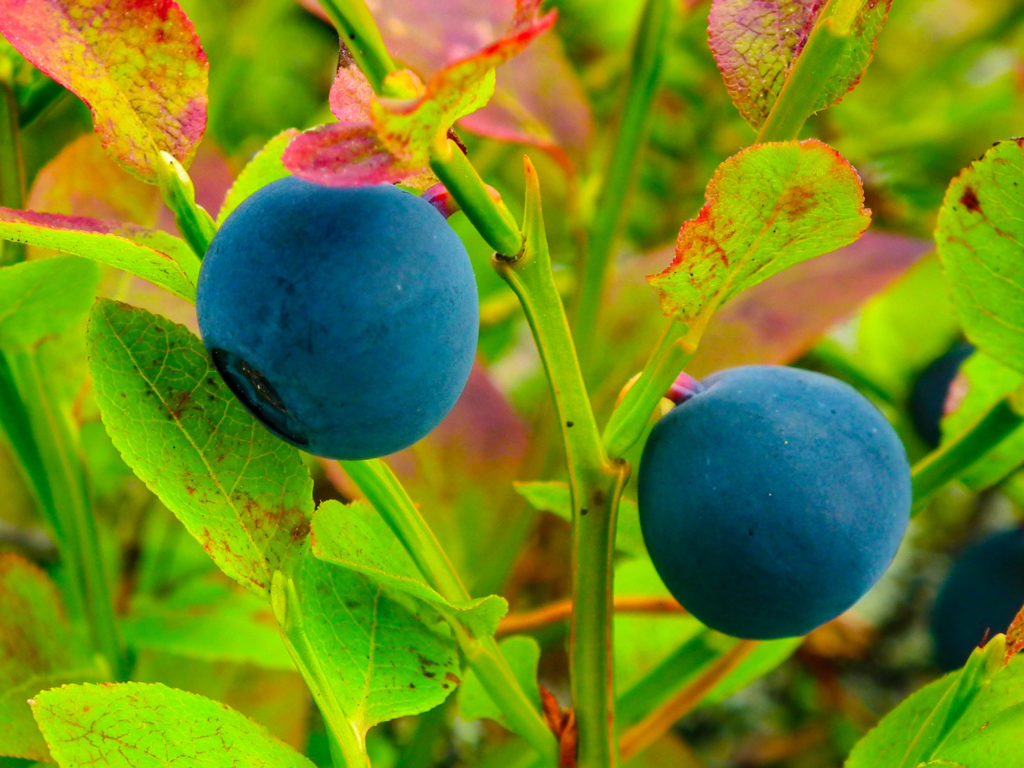
Mustikka 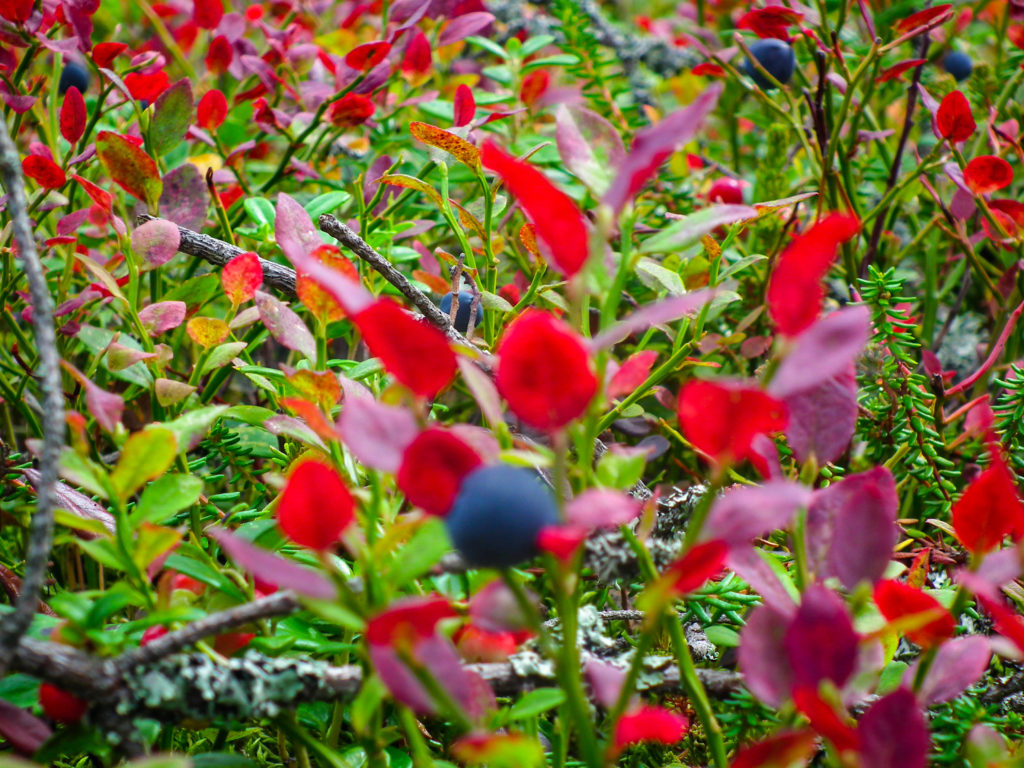
autumn season 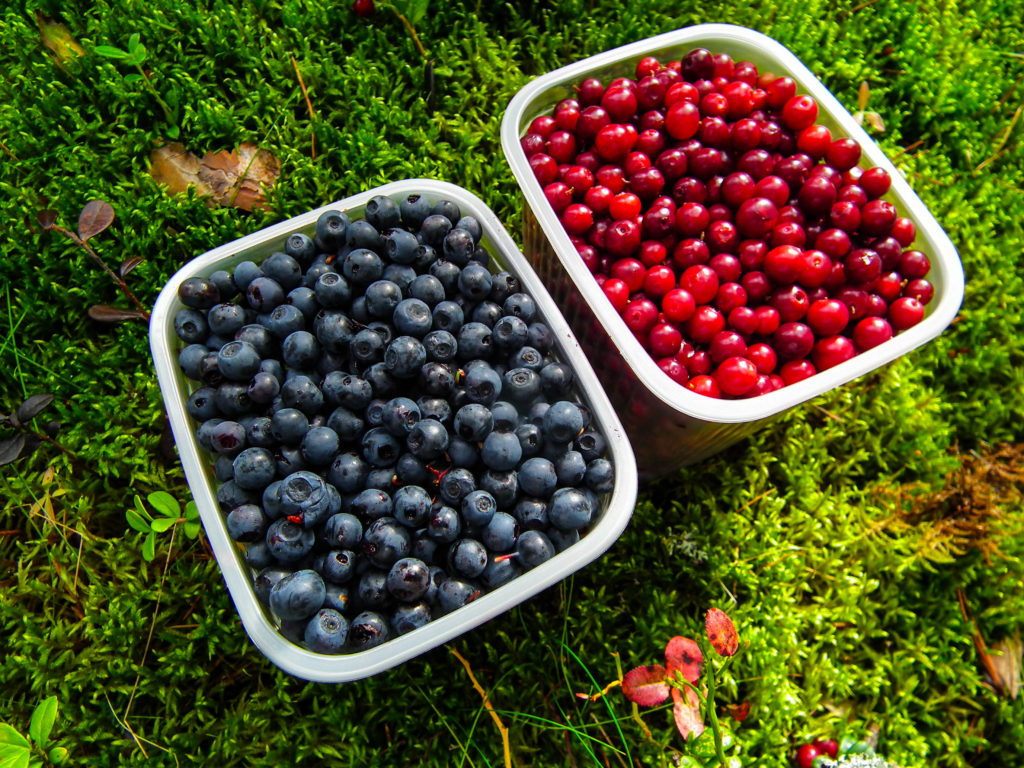
Berry forage 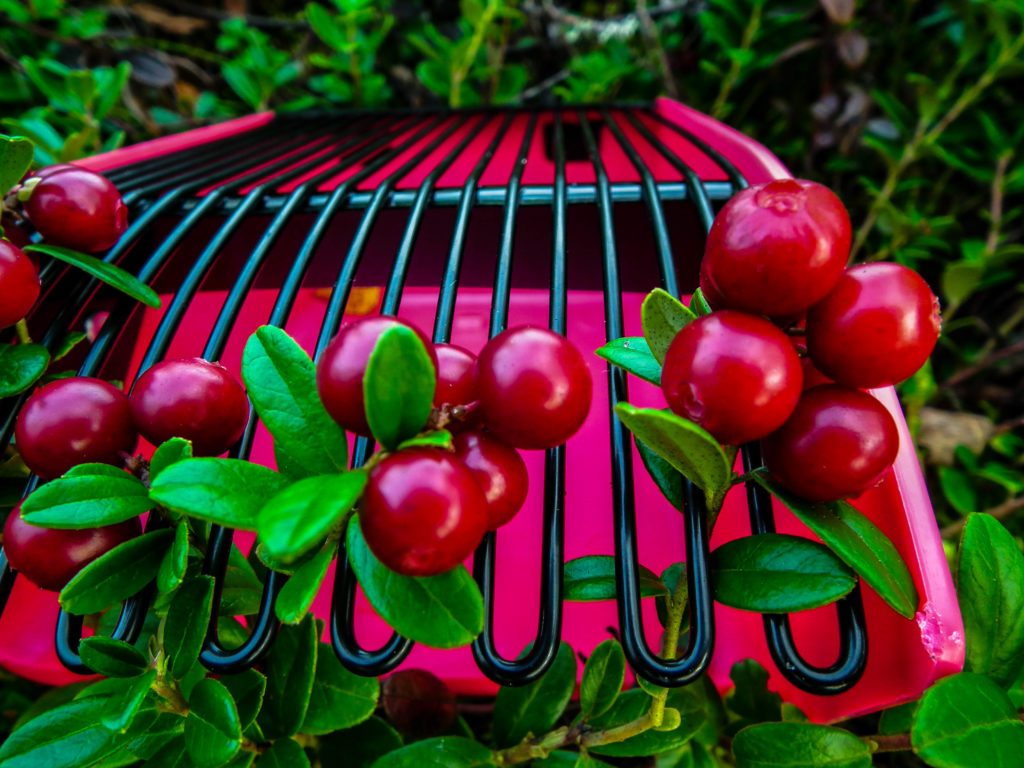
lingonberries 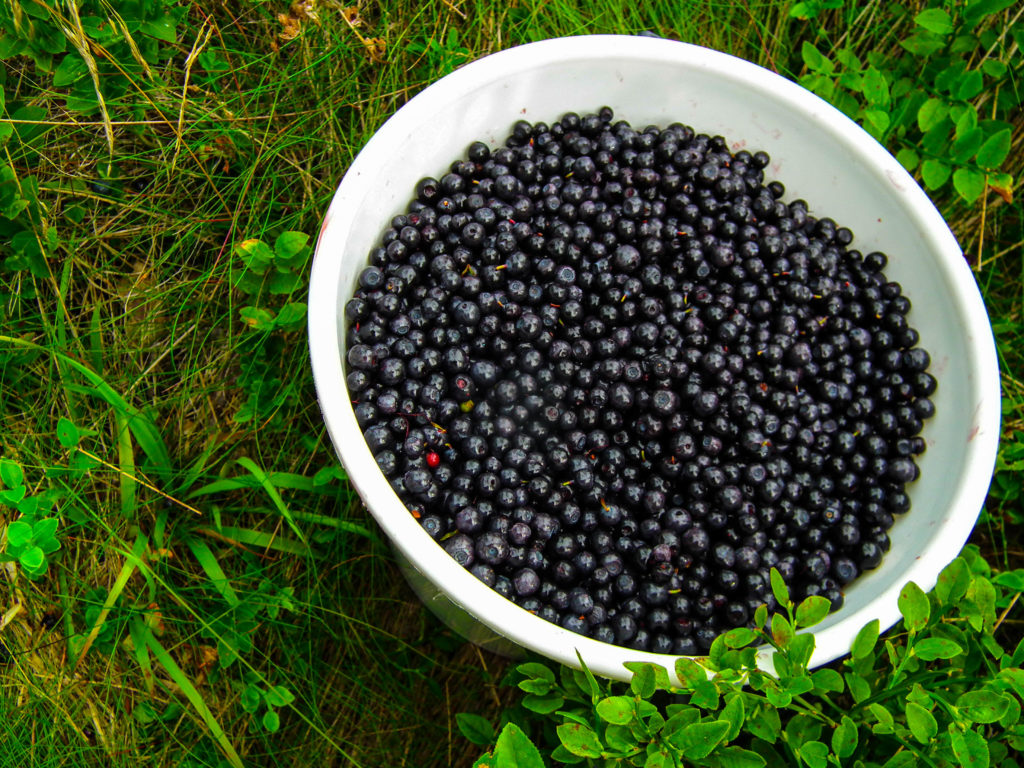
bilberry forage 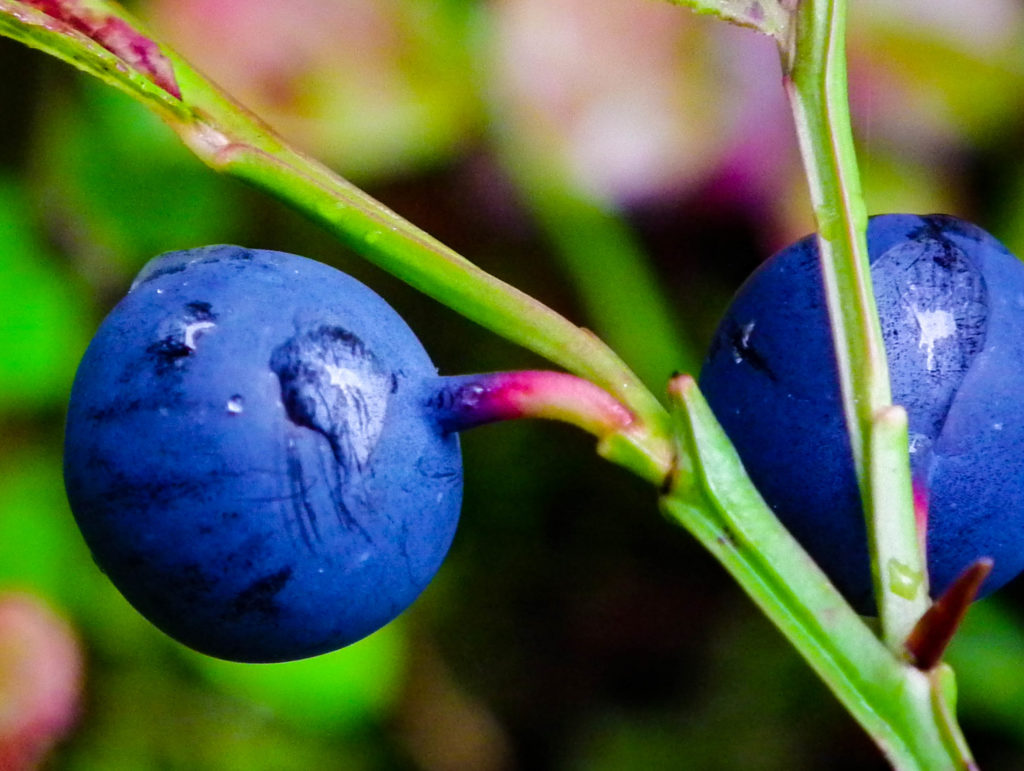
Nordic bilberries 
Mustikka 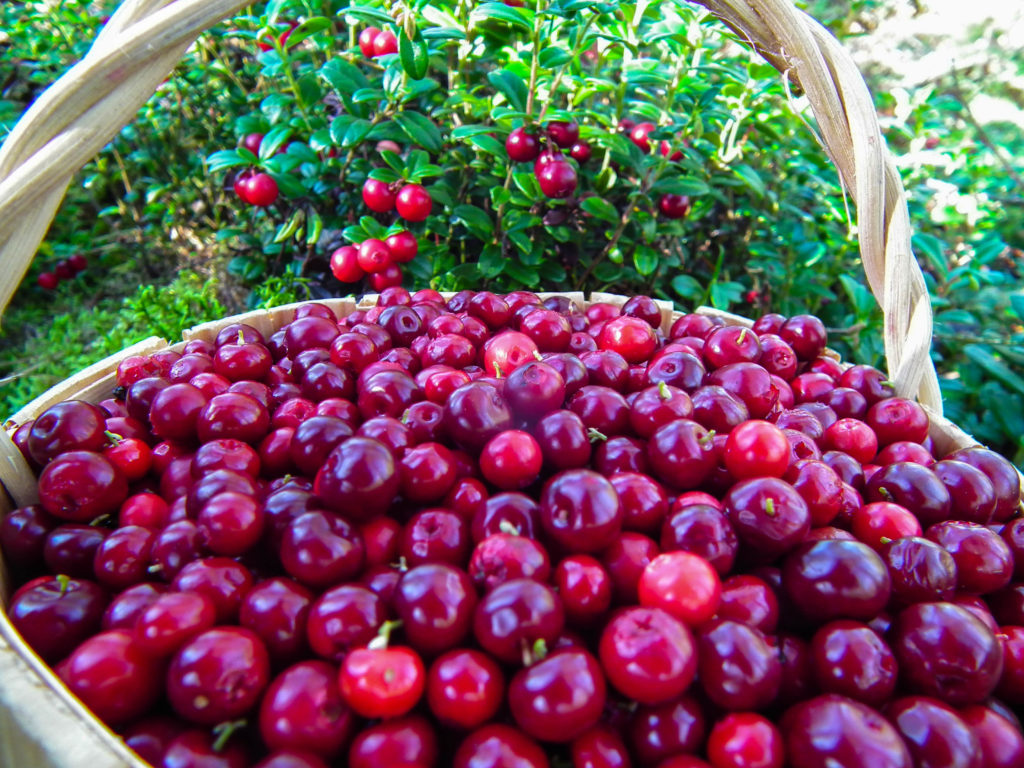
Puolukka 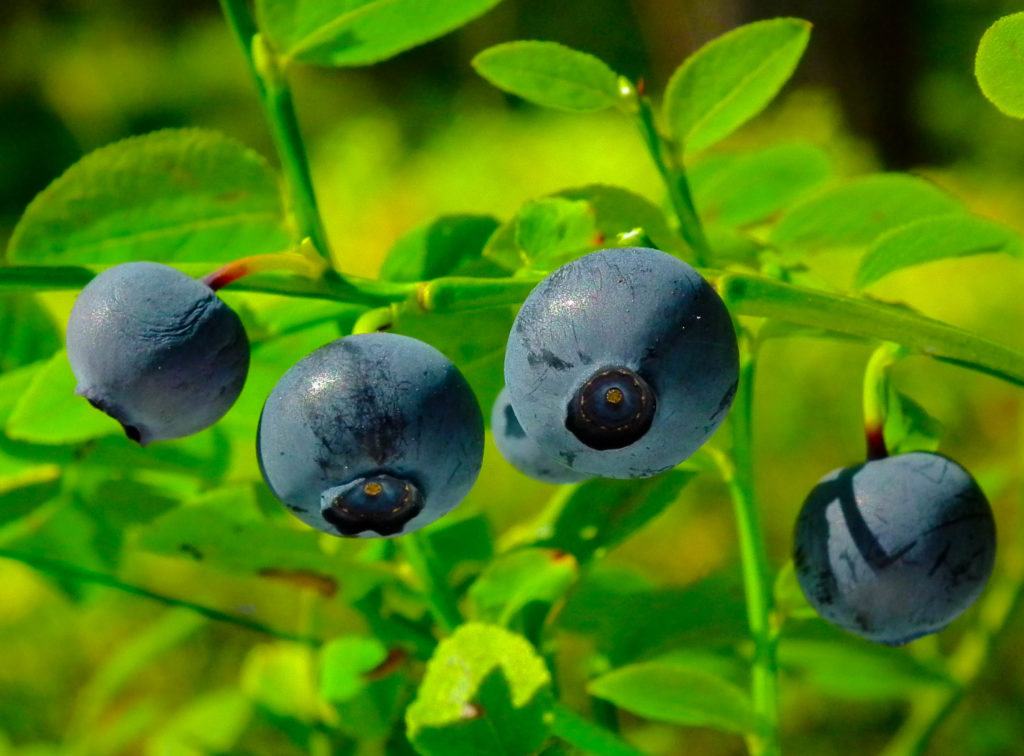
Mustikka 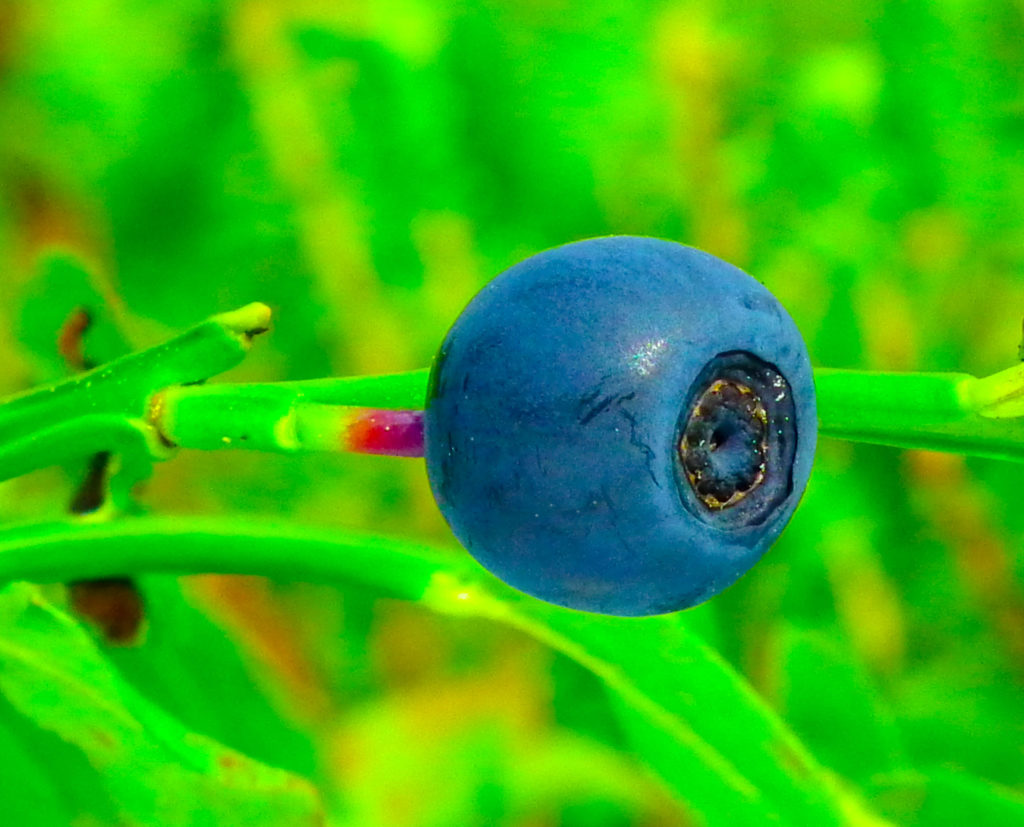
Bilberry 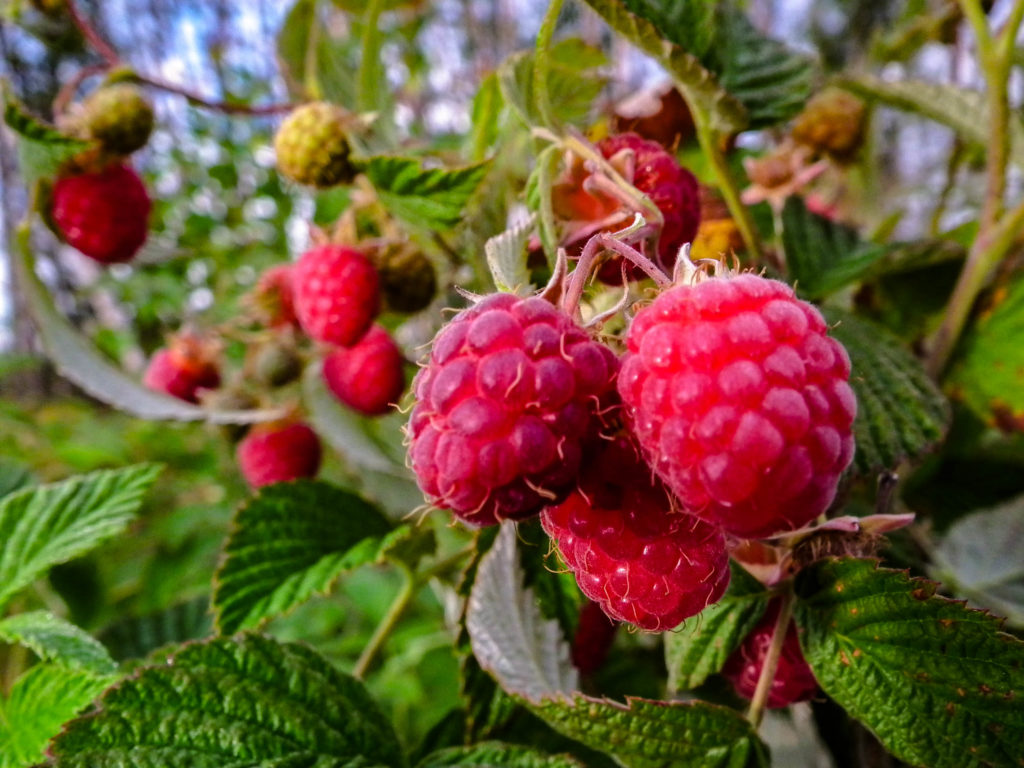
Wild raspberries 
Bilberry 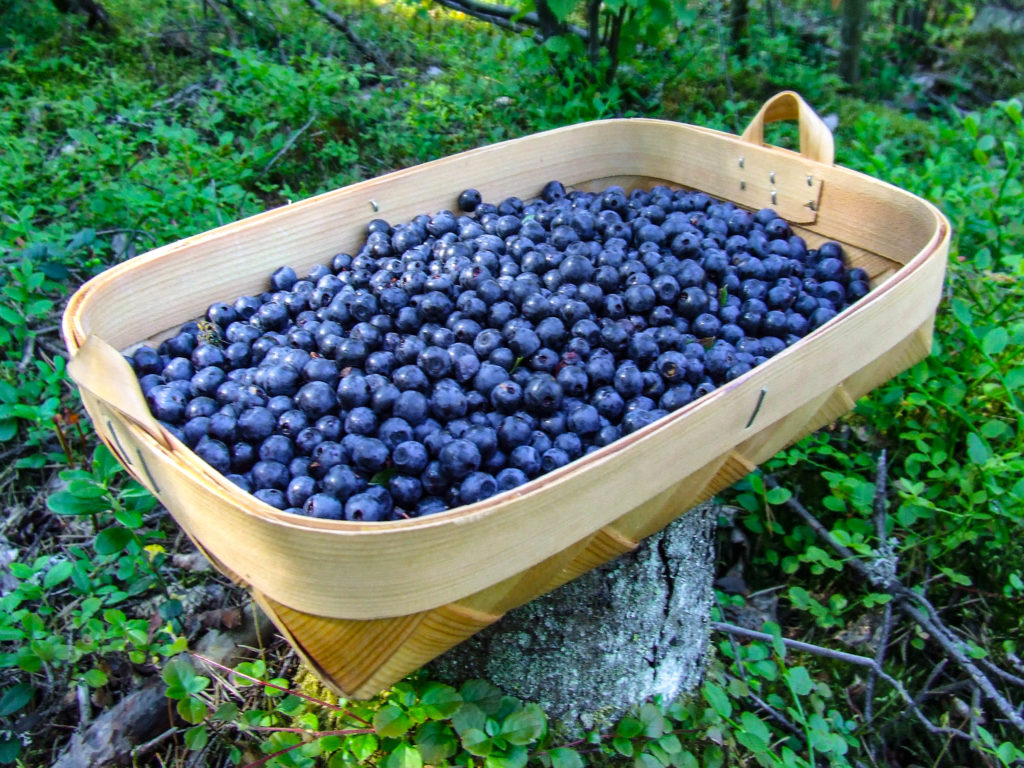
Berry forage 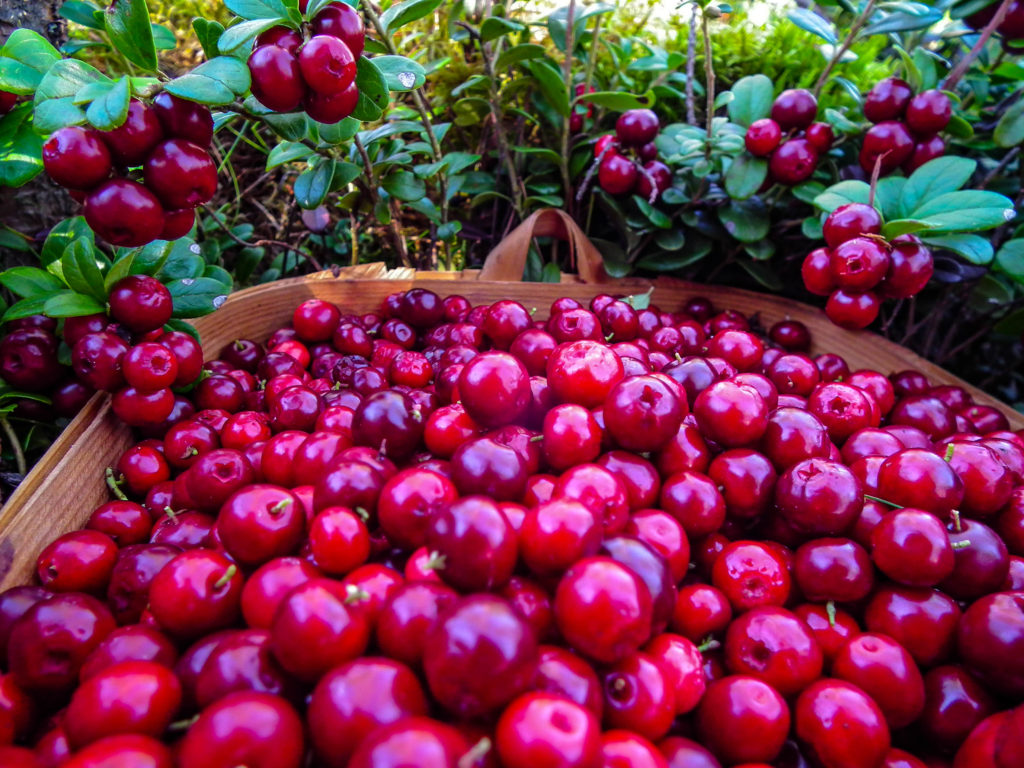
Puolukka 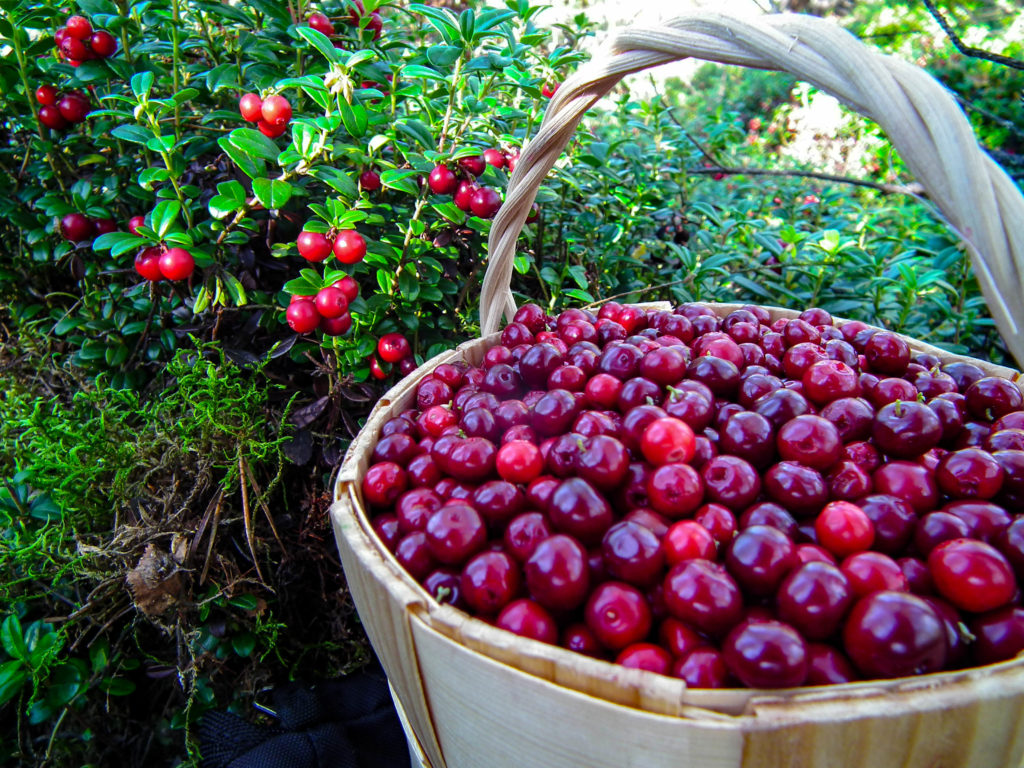
Lingonberries 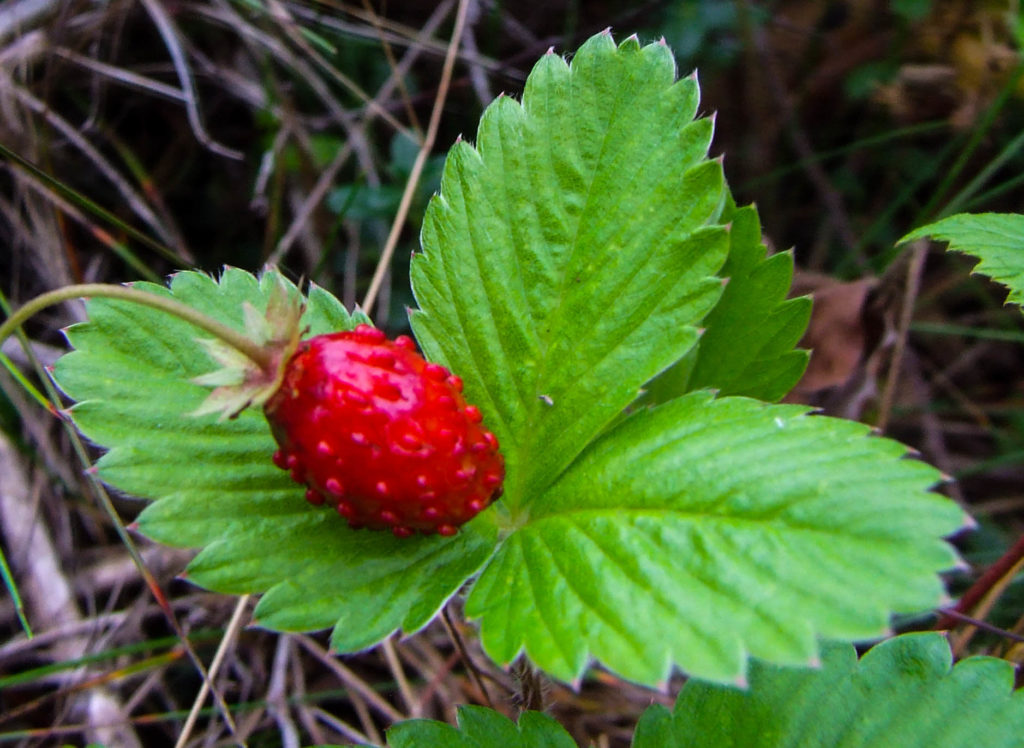
Wild strawberries 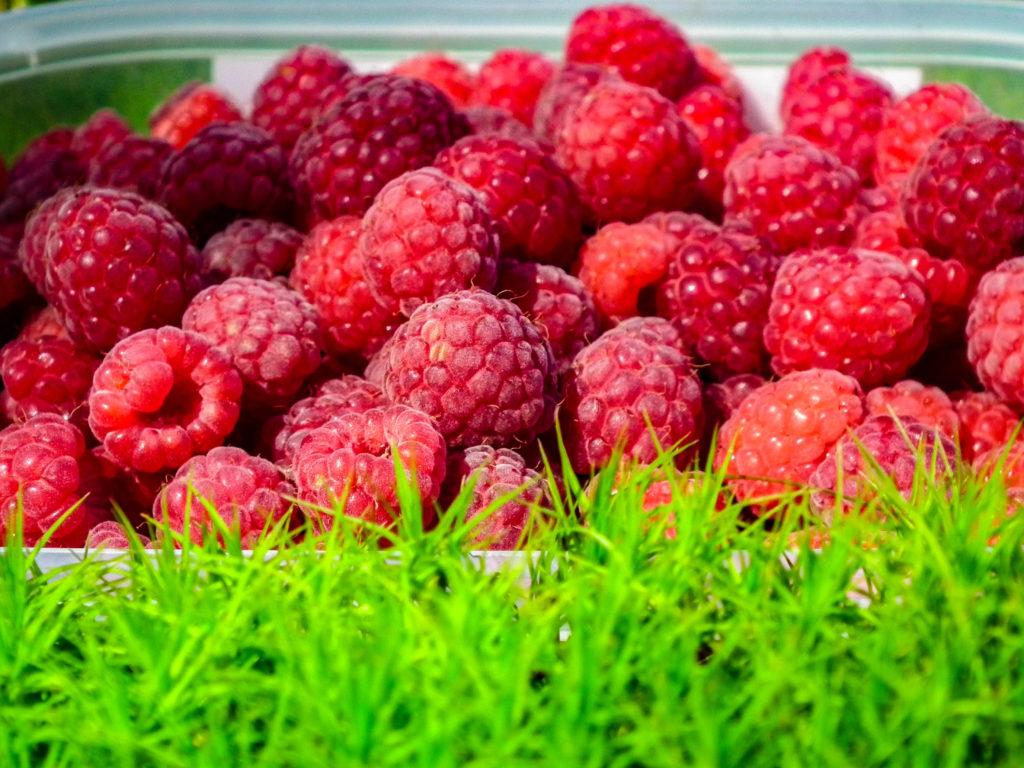
Raspberries
Download this Nordic Berry brochure.
https://www.arcticbilberry.fi/binary/file/-/fid/120
Nutritional value
The bilberry has extremely high nutritional value. Bilberries are nature’s own vitamin, mineral and polyphenol pills. Polyphenols are produced by forest plants to protect their berries from pests, the sun’s UV radiation and other environmental hazards. Nature’s own regulation system has developed these protective substances for berries over thousands of years. Humans change this system through cultivation. Fertilisers make the berries larger in size. The use of plant protection products reduces the production of the plants’ own protective substances.
The bilberry contains little energy. Bilberries do not contain saturated fat and are good for low-fat diets. Bilberries also contain vitamin E, and are a source of fibre. Arctic bilberries are a superior source of polyphenols. Unlike the cultivated highbush blueberry, the bilberry is blue both inside and out. The bilberry contains several times more flavonoids and anthocyanins than the cultivated highbush blueberry.
The regular consumption of berries has been observed to have a positive effect on contributing factors of cardiac health, blood coagulation, blood pressure and HDL cholesterol. In studies, polyphenols have also been observed to prevent viral and bacterial attachment and growth, and slow cell aging. For this reason, berries are also studied in the prevention of various inflammatory disorders. It is possible that the regular consumption of berries has an effect on the prevention of metabolic syndrome, type 2 diabetes, bowel cancer and memory diseases. There have been indications of these preventive properties in animal testing and therefore studies are underway on the effects on humans.

